Premium Only Content
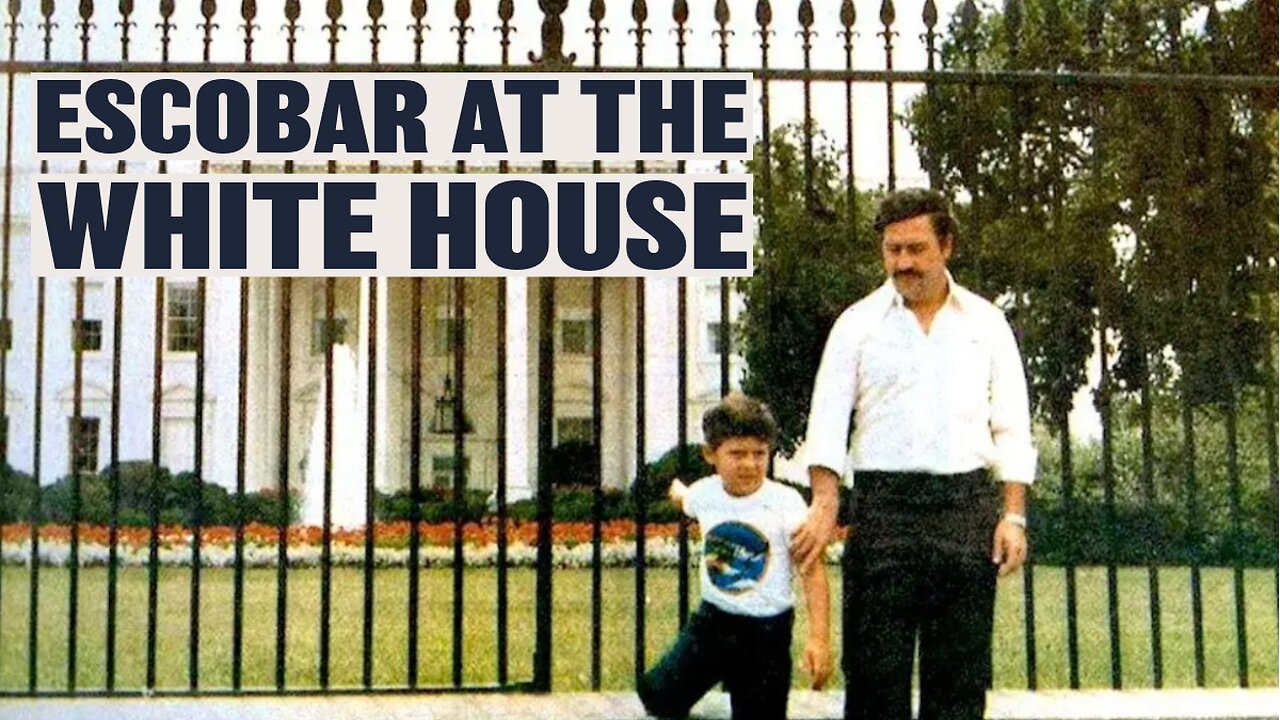
Pablo Escobar and the White House: The mysteries of the iconic photo
Pablo Emilio Escobar Gaviria, the notorious Colombian drug lord, is a name that resonates with infamy in the annals of criminal history. Born on December 1, 1949, in Rionegro, Colombia, Escobar rose from humble beginnings to become the undisputed leader of the infamous Medellín Cartel. His life and influence are a complex web of criminal enterprise, political intrigue, and a legacy that continues to cast a shadow over Colombia and the global war on drugs.
But one of his most iconic moments was a photo. In 1981, Escobar, accompanied by his family, visited the United States. During this trip, he posed with his son, Juan Pablo, in front of the North Portico of the White House in Washington D.C.. Maria Victoria, Escobar's wife, captured the moment on Pennsylvania Avenue, with the U.S. president’s house as the backdrop.
The apparent ease with which Escobar was able to take a photograph in front of the White House raises questions. It came at the same time as Escobar was making enormous profits from smuggling cocaine into the United States.
The Medellín Cartel quickly expanded after it bought property in the Bahamas in 1978, which facilitated its smuggling operations.
The co-founder of the cartel, Carlos Lehder, purchased real estate on the small island of Norman's Cay, which subsequently served as a crucial layover point where drug planes could refuel on their journey to the United States.
At the time of the iconic photograph, Pablo Escobar was also actively attempting to position himself as a legitimate politician in Colombia. In 1982 he successfully entered the Colombian Congress as an alternate member and was granted parliamentary immunity and the right to a diplomatic passport.
Escobar undertook extensive initiatives to cultivate a respectable image, investing millions in the development of some of Medellín's most impoverished neighborhoods. He constructed housing complexes, parks, football stadiums, hospitals, schools, and churches. His charitable activities may have drawn attention away from his smuggling operations.
But his stint in politics did not last long. Minister of Justice Rodrigo Lara-Bonilla investigated the illicit methods through which he made his money and Escobar was forced to resign two years following his election.
It is possible that Escobar’s presence in front of the White House did not raise the attention of U.S. security agencies because he was not yet well known. But it’s also possible that the CIA or other agencies were aware of his presence, but saw no benefit from arresting him at that time.
There is also speculation that the CIA had an agreement to allow the passage of cocaine into Florida, though there is no evidence for this claim. The CIA’s activities during this time did come under scrutiny on allegations that the spy agency was involved in the Nicaraguan Contras' cocaine trafficking operations during the 1980s. US government investigations have claimed that these theories are unsupported.
Escobar’s trip to the White House was not the only high profile part of his journey in the United States. His family also made an extravagant trip to Disneyland. According to Juan Pablo Escobar, the family spared no expense during their vacation. He was said to have hired a personal consultant to advise them on attractions, had a personal driver and binged on clothing and souvenirs from the trip.
While the exact factors behind Escobar’s brazen photo remain unclear, it remains an intriguing part of his legacy.
Escobar’s notoriety increased after he ordered the bombing of Avianca Flight 203 in 1989, killing all 107 people on board. This was done in retaliation for the Colombian government's extradition of drug traffickers to the United States.
By the early 1990s the Colombian government, supported by a U.S.-led task force, was hunting him relentlessly.
The drug lord's empire crumbled as key members of the cartel were captured or killed. In 1993, facing imminent capture, Escobar was gunned down by Colombian authorities on a rooftop in Medellín.
The legacy of Pablo Escobar is a complex and controversial one. While he is remembered as one of the most notorious criminals in history, his impact on Colombian society is undeniable. The scars of the drug trade and the violence associated with Escobar's reign continue to shape the country's socio-political landscape.
Photo credits: Sebastian Marroquin; Ghazi777755, Claudiabetancourt03, Juandax, Elcarrielnoespatrimonio, david peña, Death270598, Colombia Turiscol, Richard Vandervord, SEMANA, Cristian Santiago Gomez Zapata, James St. John, Tiomono @ wiki commons
Music: Bowers & Wilkins by JNGS @ unminus.com
-
 41:37
41:37
Kimberly Guilfoyle
2 hours agoPresident Trump Making all the Right Moves,Live with Border Union Chief Paul Perez & Lawyer Steve Baric | Ep. 176
49.3K7 -
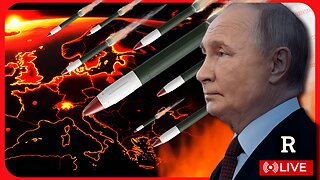 DVR
DVR
Redacted News
3 hours agoBREAKING! Putin just SHOCKED the world, launches nuclear capable warheads "NATO can't stop it"
87.9K132 -
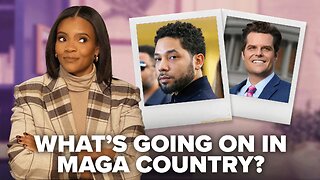 55:37
55:37
Candace Show Podcast
2 hours agoMatt Gaetz Out, Jussie Smollett Walks Free! | Candace Ep 108
57.4K111 -
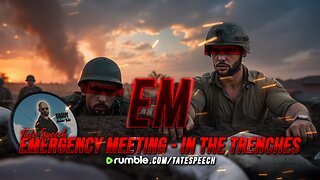 4:29:05
4:29:05
Tate Speech by Andrew Tate
10 hours agoEMERGENCY MEETING EPISODE 92 - IN THE TRENCHES
674K997 -
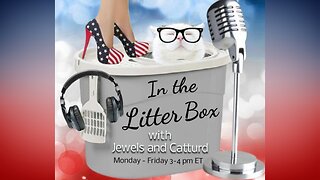 1:01:23
1:01:23
In The Litter Box w/ Jewels & Catturd
22 hours agoThe Trump Effect | In the Litter Box w/ Jewels & Catturd – Ep. 696 – 11/21/2024
45.7K22 -
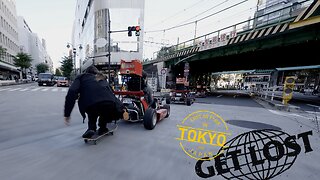 20:53
20:53
SLS - Street League Skateboarding
2 days agoGold Medals, World Class Food, Night life & more - Get Lost: Tokyo
43.6K4 -
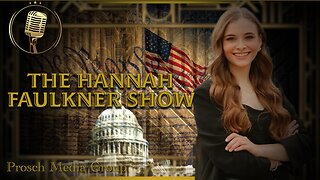 47:13
47:13
PMG
18 hours ago $0.35 earned"Hannah Faulkner and Doug Billings | WHY LIBERALS LOST THE ELECTION"
20.3K -
 59:01
59:01
The Liberty Lobbyist
4 hours ago"We Only Have NOW To Make a Difference"
22.3K2 -
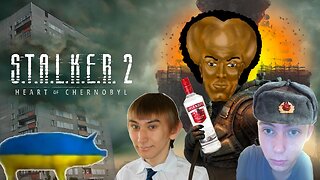 4:16:41
4:16:41
CatboyKami
6 hours agoStalker 2 Blind playthrough pt1
22.3K2 -
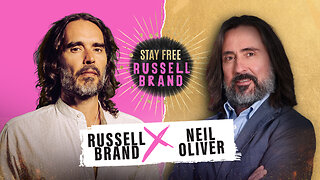 1:06:27
1:06:27
Russell Brand
6 hours agoNeil Oliver on the Rise of Independent Media, Cultural Awakening & Fighting Centralized Power –SF498
193K261